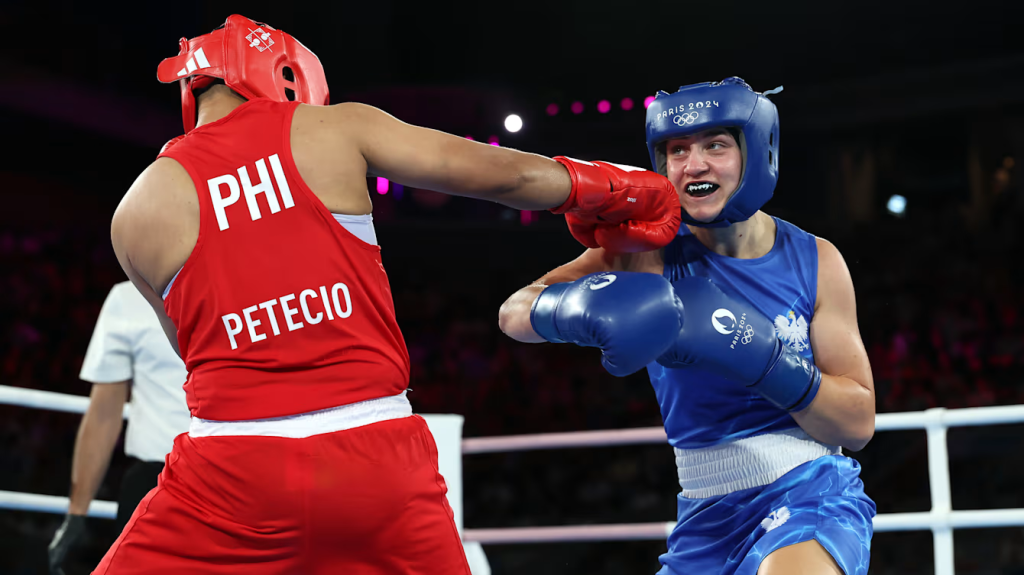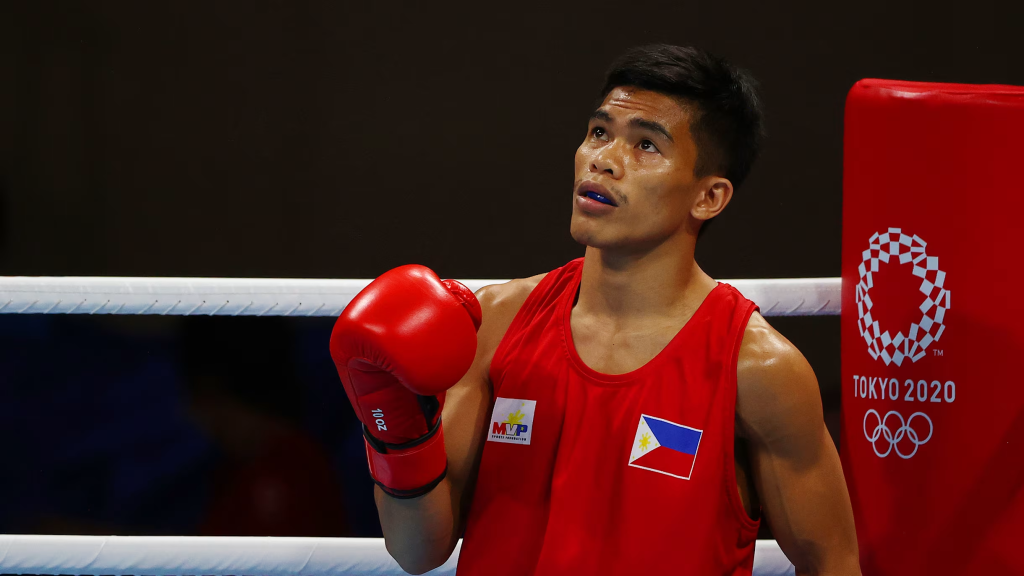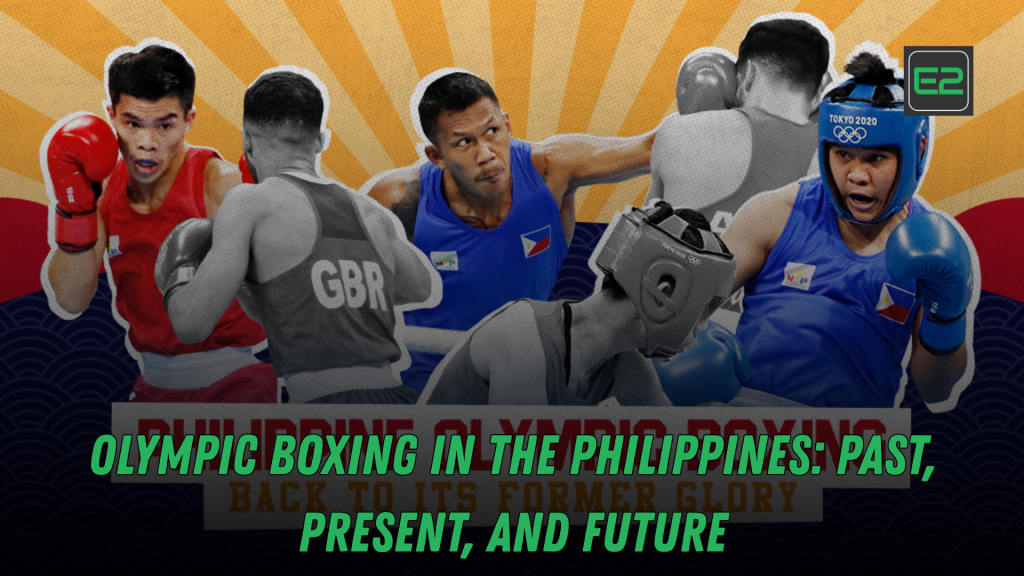Table of Contents
Olympic boxing in the Philippines has a rich history of triumphs, challenges, and growth. From its early days to the present, the sport has become an important part of the nation’s identity, inspiring generations of athletes and fans. Filipino boxers have made a mark on the world stage, earning medals and gaining recognition for their skill and determination. But what does the future hold for Olympic boxing in the Philippines? In this article, we will explore the history of boxing in the country, the state of the sport today, and what can be expected in the coming years.
1. The History of Olympic Boxing in the Philippines
1.1. Early Days and First Olympic Appearances
The Philippines first participated in 0lympic boxing in 1932, during the Los Angeles Olympics. The country’s journey in 0lympic boxing began with the hopes of making a mark in the world of competitive sports. However, it wasn’t until the 1960 Rome Olympics that Filipino boxers began to consistently make an impact on the international stage.
- Paving the way: Filipino boxers like Francisco “Pancho” Villa, who won the world flyweight title in 1923, were instrumental in bringing attention to the potential of Philippine boxing, though Olympic success remained elusive for a time.
- 1960s breakthroughs: The 1960s marked a significant turning point for Filipino boxing, with the country’s first Olympic medalist, Antonio “Tony” Lopez, winning a bronze medal at the Rome Olympics.
1.2. Rising Stars in the 1990s and Early 2000s
As the years passed, the Philippines saw an increasing number of boxers making a name for themselves internationally. The 1990s and early 2000s were particularly significant for the country, with Filipino athletes continuing to impress at Olympic Games.
- Manuel “Manny” Pacquiao: While Pacquiao is better known for his professional boxing career, his contributions to Filipino boxing cannot be overlooked. His success helped elevate the sport in the Philippines and inspired countless future athletes, even though he didn’t participate in the Olymp|cs.
- Nonito Donaire: Another Filipino boxer who made waves in the professional circuit, Donaire’s success in the ring continued to bring attention to the Philippines as a hub for boxing talent.
1.3. Memorable Olympic Moments
The Philippine boxing legacy was forever cemented in the 1996 Atlanta Olympics, when Mansueto “Onyok” Velasco won a silver medal in the light flyweight division. Velasco’s performance was a historic achievement, solidifying the Philippines’ presence in boxing.
- Onyok Velasco’s victory: Velasco’s silver medal was the first medal for the Philippines in 0lympic boxing since 1964, showing that the country was once again producing elite-level talent in the sport.
2. Present Status of Olympic Boxing in the Philippines
2.1. The Filipino Boxing Scene Today
0lympic boxing in the Philippines has enjoyed great success in recent years. Athletes like Nesthy Petecio and Carlo Paalam have brought renewed attention to the sport, with Petecio winning the gold medal in women’s featherweight boxing at the 2020 Tokyo 0lympics.
- Nesthy Petecio: Petecio’s triumph was a watershed moment for Philippine boxing, marking the country’s first 0lympic gold medal in the sport. Her victory reignited national pride and inspired future generations of athletes.
- Carlo Paalam: Paalam’s performance at the Tokyo 2020 0lympics, where he clinched a silver medal in men’s flyweight boxing, further demonstrated the potential of Filipino athletes on the Olympic stage.

2.2. Grassroots Development and Support
The key to continuing success lies in nurturing the next generation of boxers. Grassroots programs have been fundamental in providing young athletes with the opportunity to compete and develop their skills.
- National amateur boxing programs: The Philippine Amateur Boxing Association (PABA) and other organizations are instrumental in providing amateur boxers with the coaching, resources, and competition they need to progress.
- Support from government: The Philippine government, through its various sports commissions, has been increasing its investment in training programs, infrastructure, and support for athletes competing at the 0lympic level.
2.3. Challenges Faced by Filipino Boxers
Despite the successes, there are challenges that continue to impact Filipino boxers. These include financial difficulties, lack of world-class facilities, and limited exposure to international competition.
- Financial challenges: Many amateur boxers struggle with securing sponsorships and resources for training, which can hinder their development compared to athletes from wealthier countries.
- Access to training facilities: High-quality training facilities are crucial for a boxer’s preparation, and while the Philippines has made progress, more investment in infrastructure is still needed to support these athletes.

3. The Future of Olympic Boxing in the Philippines
3.1. Continued Focus on Grassroots and Youth Development
The future of 0lympic boxing in the Philippines depends on how well young talent is nurtured. Continued investment in grassroots programs is essential to the sport’s future success.
- Youth programs: Increasing opportunities for young boxers to compete in national and international tournaments will provide invaluable experience and help create a steady pipeline of 0lympic-level talent.
- School-based programs: Schools and universities have the potential to identify young talent early and integrate boxing into physical education curriculums, encouraging more youth to pursue the sport.
3.2. The Role of Technology in Boxing Training
With the rise of technology, new methods of training and performance analysis can help Filipino boxers gain a competitive edge. Tools like motion tracking and video analysis software allow coaches and athletes to refine techniques and monitor improvements.
- Innovation in coaching: The use of high-tech equipment to track punches, movement, and stamina will help athletes train more efficiently and avoid injuries.
- Virtual reality: Emerging technologies, such as VR, offer innovative ways for boxers to simulate real-match scenarios and improve decision-making skills.

3.3. Global Expansion of Filipino Boxing Talent
The future of Filipino boxing looks promising as the sport continues to expand globally. With the success of boxers like Petecio and Paalam, more Filipino boxers will likely emerge as international contenders.
- International competitions: As the Philippines continues to produce elite talent, Filipino boxers will have more opportunities to participate in international tournaments, gaining valuable experience and recognition.
- Strengthening the professional and amateur pipeline: The blending of professional and amateur boxing circuits will give Filipino boxers more opportunities for career growth, from local tournaments to international championships.
4. A Bright Future for Boxing in the Philippines
0lympic boxing in the Philippines has come a long way, from early struggles to international triumphs. With continued support for grassroots programs, improved training methods, and a dedicated focus on youth development, the future of Filipino boxing looks promising. As the country continues to produce world-class athletes, there’s no doubt that the Philippines will remain a significant force in Olympic boxing for years to come.
Share your thoughts!
If you’re inspired by the success of Filipino 0lympic boxers, now is the time to support local boxing programs, attend events, and follow the journeys of the next generation of champions. Together, we can continue to elevate Filipino boxing on the world stage!
Frequently Asked Questions (FAQ’s)
1. What is the history of Olympic boxing in the Philippines?
Olympic boxing in the Philippines began in the early 1930s, with notable achievements in the 1960s and a major breakthrough in the 1990s. Recent successes include silver and gold medals from Onyok Velasco, Nesthy Petecio, and Carlo Paalam.
2. Who is the most famous Filipino Olympic boxer?
Nesthy Petecio, who won the gold medal in women’s featherweight boxing at the 2020 Tokyo Olympics, is one of the most famous Filipino Olympic boxers to date.
3. How can the Philippines improve its Olympic boxing success?
Improving financial support, providing better training facilities, and investing in grassroots development programs will be crucial to enhancing the future of Olympic boxing in the Philippines.
4. What challenges do Filipino Olympic boxers face?
Filipino boxers face challenges such as financial constraints, limited access to world-class training facilities, and competition from athletes in wealthier nations with more resources.
5. What does the future hold for Filipino Olympic boxing?
The future of Filipino Olympic boxing looks bright, with a strong focus on youth development, advanced training techniques, and the potential for more Filipino athletes to succeed on the world stage.
6. What are the components to a Filipino Olympic boxer?
The blending of professional and amateur boxing circuits will give Filipino boxers more opportunities for career growth, from local tournaments to international championships.
